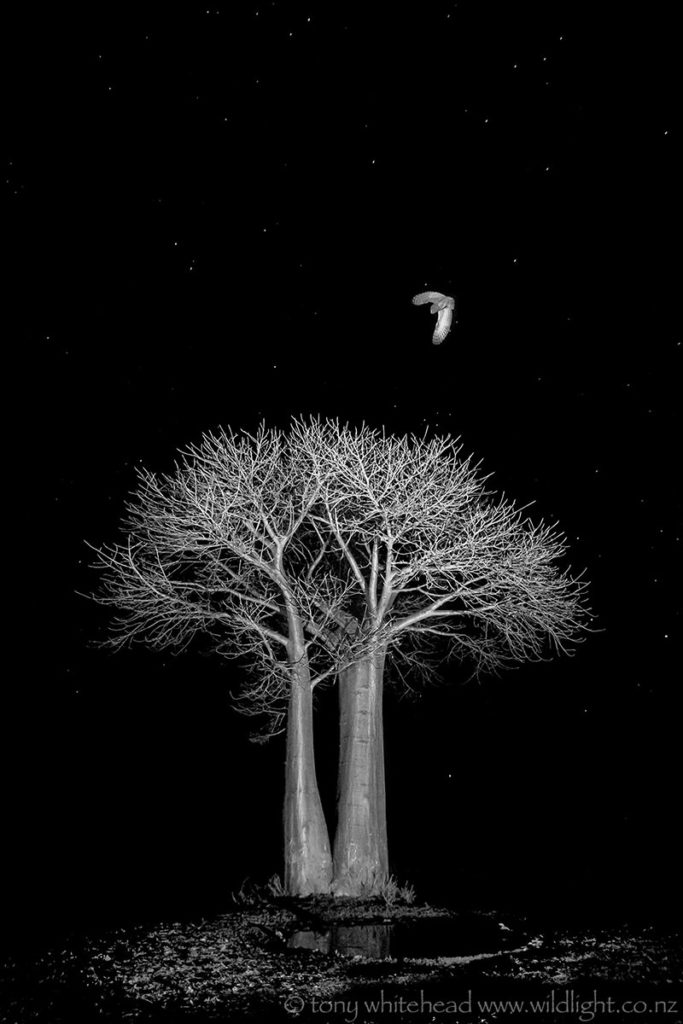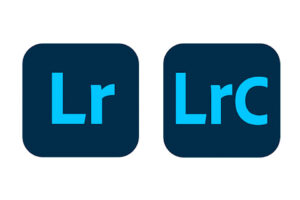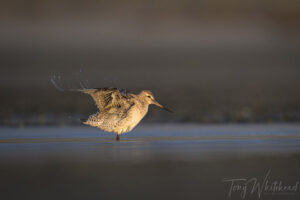
One of the pleasures of printing and displaying my photography in my office is seeing people enjoy the prints and express their pleasure at seeing the images. It is seldom that an hour passes without some positive comment. Many don’t know that the images are mine but some enquire and when they realise that they are my photos will often say “they are wonderful, you must have a good camera”. I am sure many photographers have found themselves in receipt of this compliment. Strangely, when people want to compliment my surgical work for them, they credit me with the skill and never say “you must have a good scalpel”. Equally, I’m sure that cabinet-makers are never complemented on the quality of their saw, nor builders on the quality of their hammer.
To a photographer it can seem a bit insulting although I’m sure it isn’t meant in that way. We see our gear as tools to achieve a visual objective just as a painter would see his canvas, brushes and paints. In this day and age it is hard not to have a good camera, but because of their complexity it is can be difficult to master the skills to drive them to achieve your aims. In a recent workshop I assisted Edin with, we spent part of the time on simplifying modern digital cameras to use them like old fashioned film cameras that had only 3 adjustments that could be made and had to be made correctly to achieve an image on film. The complexity and power of modern cameras have made them confusing for the average person to use and a number of students confessed to having previously just turned dials hoping for things without understanding what various adjustments did.
Like pharmaceutical companies that have a vested interest in selling medications and so cultivate the “pill for every ill” notion, camera manufactures have to sell cameras so marketing suggests that all you need is the latest and greatest new camera to “get results like a pro”. This creates the belief that great images are the result of having a great camera rather than the truth that a great photographer will get a better image with a basic camera than a beginner will with the latest and most expensive camera. It is very seldom that a camera is holding you back from creating your best work. Wildlife, especially bird photography is one of the more technically demanding genres and lenses are usually more important (and expensive) than the camera. Having said that, there have been times that I have been nudging at the limitations of a camera body (usually from a high ISO or autofocus perspective) that have improved with the next generation body. Despite that, when I look back on my work, many of my all time favourite images were made years ago with cameras that by today’s standards were quite limited. If is often interesting to see images recognised in the Wildlife Photographer of the Year awards and see that they have been made with what could be considered quite outdated camera equipment. This guest post I wrote for Edin’s blog highlights some of her award winning images made with hand-me-down and inherited older gear. Her finalist image for NZ Geographic Photographer of the year this year was made with a 2007 Nikon D300 and relatively cheap 70-300mm lens.
How best to respond to the “you must have a good camera” comment? Take it as the intended compliment and accept it with grace. The baggage is ours.
Having written this piece, I came across Neil van Niekerk’s page which reaches the same conclusion but includes the amusing alternative response attributed to Sam Haskins.


